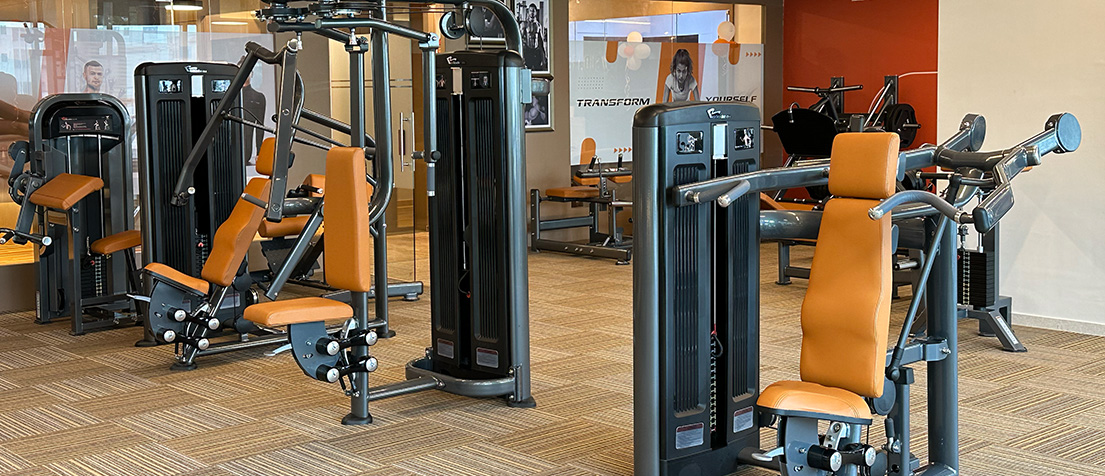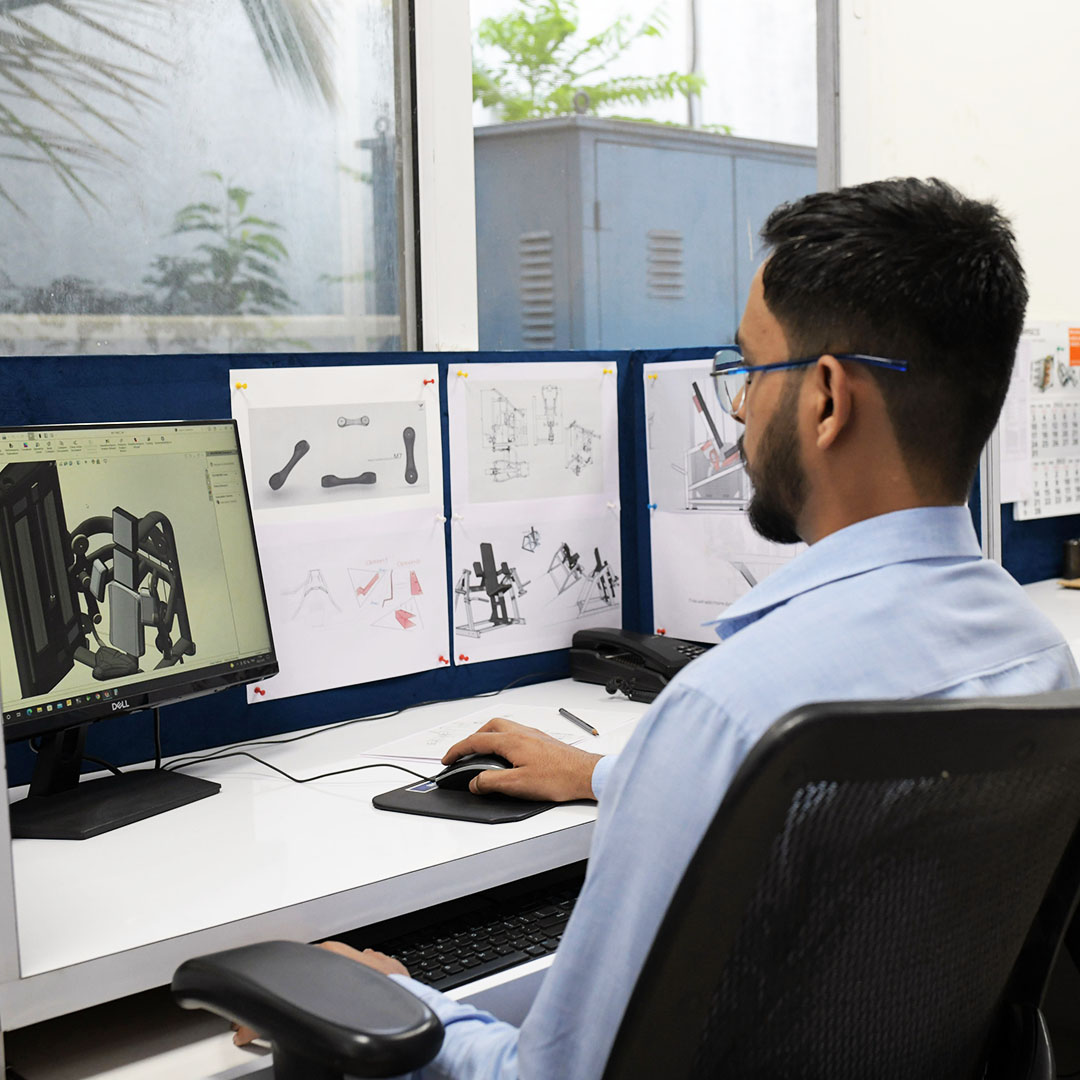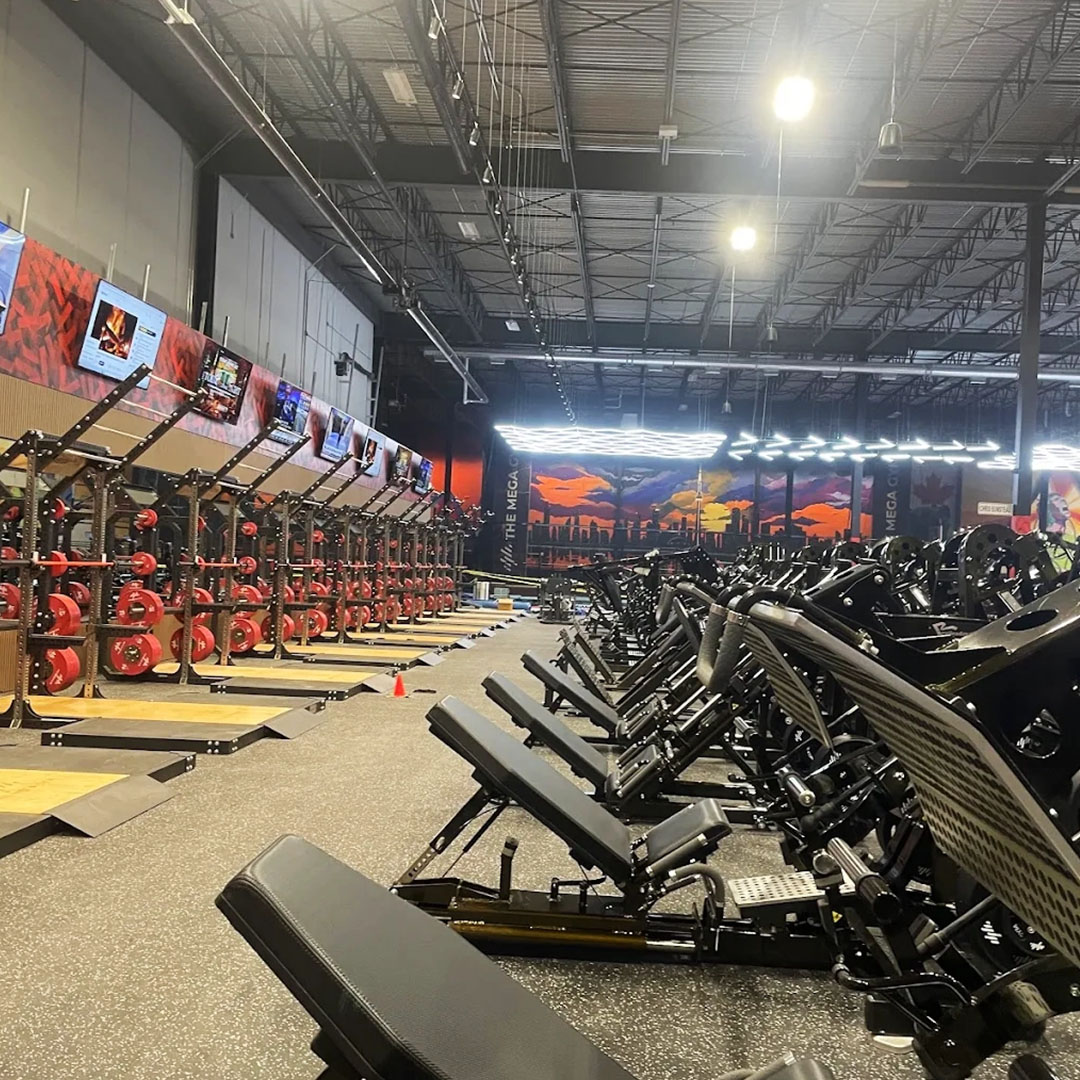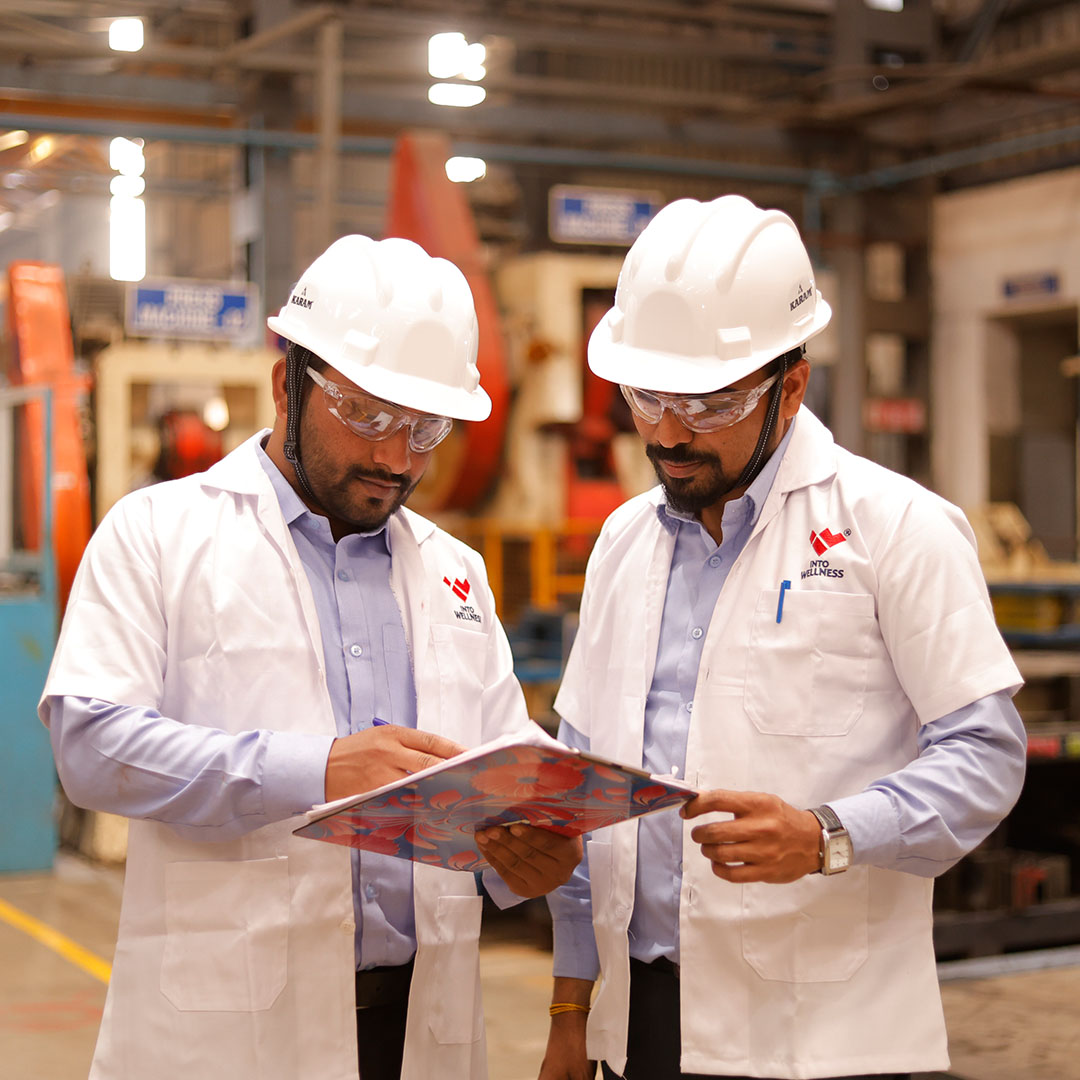Opening a gym sounds exciting—and it is. But if you’re anything like most first-time gym owners, you’ll find out pretty quickly that the real work begins long before you lay down the first mat or install a single machine.
One of the biggest decisions you’ll make early on? Negotiating your lease.
On paper, it looks straightforward. Find a location, agree on rent, sign the agreement, and move in. But in reality, there are layers—some obvious, others not—that can have a lasting impact on your finances and flexibility.
I’ve seen passionate fitness entrepreneurs lock themselves into deals that sounded good but turned out to be restrictive, expensive, or just plain unsustainable. So here’s a breakdown—not from a lawyer, but from my experience—of what you really need to look out for.
Let’s Talk About the Escalation Clause
This one often hides in plain sight. Most landlords will include a clause that increases rent over time. Sounds fair, but the devil’s in the detail.
Sometimes it’s a steady 5% every year. Other times, you’ll see a 12–15% jump every three years. It adds up. If your margins are already tight (and they probably will be in the early months), these small increments can sneak up on you.
Pro tip: Try negotiating a freeze on the increase for the first couple of years, or at least slow it down.
Facilities Aren’t Always Included—Ask First
You’d think parking, backup power, and maintenance would be bundled into your rent. Not always.
Ask:
- Is parking exclusive to you or shared with others?
- Are maintenance costs fixed or variable?
- If the building has a diesel generator, who pays for that during outages? How is it calculated?
You don’t want to assume these things and then find out you’re paying extra for every little convenience.
The Confusion Between Carpet Area and Sellable Area
This one trips up almost everyone.
You’ll be shown a space and told it’s 7,000 sq. ft.—but that might not be your actual usable area. That number may include common spaces like lobbies, hallways, or walls. What you can actually use—your “carpet area”—could be 5,000 sq. ft. or less.
It’s called loading, and depending on the building, it can range from 30% to 40%.
Before you fall in love with a number, clarify: “Is this rent based on carpet area or built-up/sellable area?”
Because you might end up paying for a lot of space you don’t get to use.
Water Supply Sounds Boring—Until You Don’t Have It
You’ll need water. More than you think. Showers, restrooms, cleaning—the list goes on.
Some buildings have great water infrastructure. Others don’t. Ask if there’s a consistent supply. Ask who pays for it. Ask if there’s ever been a shortage.
Don’t assume. Confirm.
Leave & License: Keep It Flexible
Most commercial leases follow a leave and license format, and with it comes a lock-in period—a minimum amount of time you’re legally required to stay.
Try not to go beyond two years. Anything more can be risky, especially if your business needs to pivot, relocate, or adapt. Also check the exit clause—how much notice is required, and what penalties apply?
Shorter lock-ins give you breathing room. You’ll want that, trust me.
Bare Shell vs. Warm Shell: Know What You’re Walking Into
If someone hands you the keys and the space is nothing but four walls and a dusty floor, that’s a bare shell. If there’s flooring, ceiling, and working washrooms, that’s a warm shell.
If it’s a bare shell, factor in your setup cost. Or better yet, negotiate with the landlord to handle basic civil work, or ask for a rent-free fit-out period. Many are open to it—especially if you’re signing a longer lease.
Power Load Isn’t Just a Technicality
Gyms draw serious power—especially if you have cardio machines, air conditioning, lighting, and sound systems all running at once.
Don’t wait until after the agreement to find out the space can’t handle your load requirements. Clarify:
- Is there a dedicated DB (distribution box) connection?
- Will a separate meter be installed?
- Who pays for any electrical upgrades if needed?
Figure it out before you commit.
It’s Not Just About Rent, It’s About the Whole Package
We all get caught up in the monthly rent number. But the real negotiation is about everything else wrapped around it.
Here’s what I’d recommend including in your checklist:
- Try to cap or slow down rent escalation
- Negotiate loading percentages or base rent on carpet area
- Request landlord contributions to fit-out or a rent-free period
- Keep the lock-in short, and the exit clause fair
- Ask for clear breakdowns of every additional cost—power, water, parking, maintenance
You’re not just renting space. You’re investing in the foundation of your business.
Final Thoughts
Lease agreements can either set you up for success—or quietly drain your business over time. Get clarity. Ask questions. Don’t rush the process.
You don’t need to negotiate like a lawyer. But you do need to protect your future.
For more such content, Subscribe to Into Wellness YouTube Channel.






